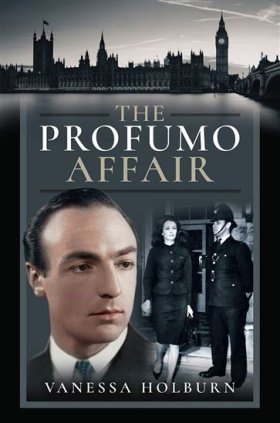Chapter 3
Ivanov – The Love Triangle is Complete
Chapter 4
Stephen Ward – The Link Between Them All
Chapter 5
Mandy Rice-Davies – The Sidekick Who Found Success
Chapter 6
Bill Astor – Destined for Disappointment
Chapter 7
Harold Macmillan – The Man in Charge, or Not
Part II: The Drama Unfolds
Chapter 8
Profumo and Keeler Date
Chapter 9
Love Rivals Bring Keeler to the Fore
Chapter 10
Keeler, the Missing Model
Chapter 11
The Denial in the House
Chapter 12
The Confession and Resignation
Chapter 13
Ward is Arrested and Put on Trial
Part III: The Plot Thickens
Chapter 14
Resignation Fallout
Chapter 15
A Time of Spies
Chapter 16
The Role of the Press
Chapter 17
Security Concerns Are Raised
Part IV: The Curtain Falls
Chapter 18
The Denning Report – Profumo’s Fault but It’s Ward that’s Wicked
Chapter 19
Did Profumo Fell Supermac and the Conservatives?
Chapter 20
A Pardon for Ward
Chapter 21

























